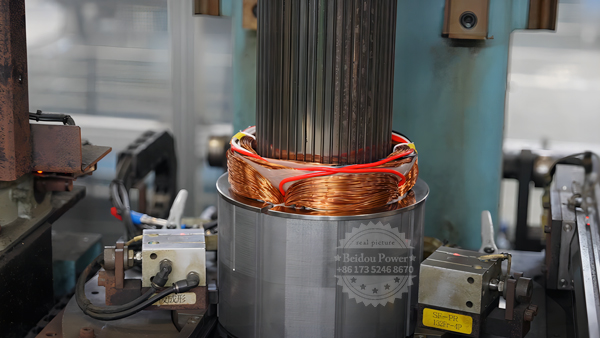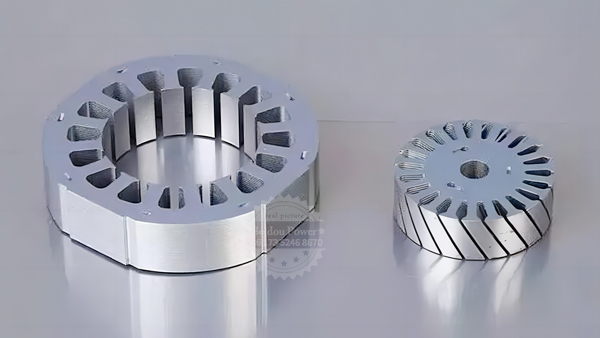The engine is the core component of modern transportation. It drives the vehicle forward by burning fuel internally. Common automobile engines include internal combustion engines and electric motors. Here’s how an internal combustion engine works:
The working process of an internal combustion engine can be divided into four steps: intake, compression, combustion and exhaust.
1. Intake air: After being filtered by the particle filter and air flow meter, the clean air and oil-air mixture will enter the engine cylinder. As the piston moves downward, air is sucked into the cylinder.
2. Compression: Next, as the cylinder moves upward (i.e., toward the cylinder head), the intake piston compresses the air into a very high pressure air mixture. During this process, the spark plug at the top of the cylinder is activated, igniting the mixture.
3. Combustion: After the air mixture is ignited, it will burn quickly, generate a large amount of heat energy, and push the piston downward.
4. Exhaust: Finally, according to the setting of the fixed mechanism, when the cylinder moves to the top, the gas will be discharged into the exhaust pipe and leave the vehicle.
This process repeats over and over again, keeping the drive turning which turns the wheels and thus moves the vehicle forward.
It should be noted that different types of internal combustion engines have different working principles. For example, there are some differences between diesel engines and gasoline engines, but their basic working principles are similar.
Post time: Mar-13-2024


